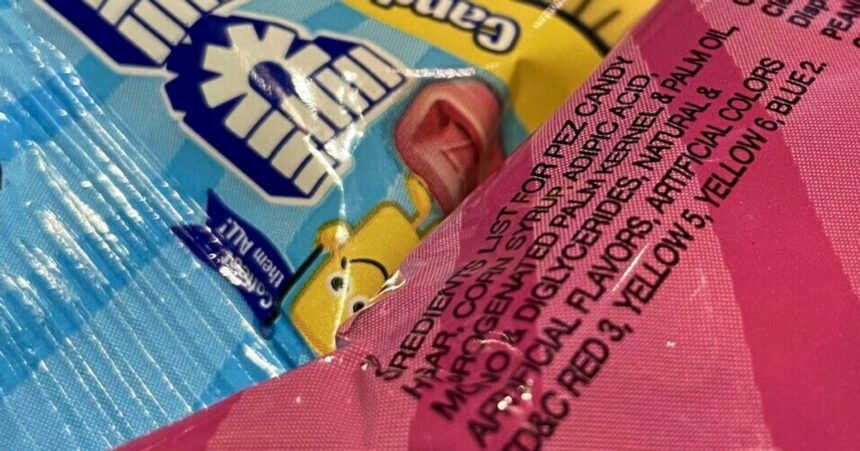The Food and Drug Administration (FDA) recently announced the ban of the dye Red 3 from the nation’s food supply, following a petition filed by food safety and health advocates. Red 3, also known as erythrosine or FD&C Red No. 3, is a dye commonly used in candies, snack cakes, and maraschino cherries to give them a bright red color. The ban comes nearly 35 years after the dye was prohibited from cosmetics due to potential cancer risks.
The FDA cited the Delaney Clause, a statute that requires the agency to ban any additive found to cause cancer in humans or animals, as the basis for their decision. Studies have shown that Red 3 caused cancer in lab rats when consumed at high levels, prompting the FDA to take action to remove it from approved color additives in foods, dietary supplements, and oral medicines.
Food manufacturers have until January 2027 to remove Red 3 from their products, while makers of ingested drugs have until January 2028 to do the same. Imported foods must also meet the new U.S. requirement, even if they are still allowed in other countries.
Consumer advocates have welcomed the FDA’s decision, with Dr. Peter Lurie from the Center for Science in the Public Interest describing it as a necessary action to protect public health. However, there may be legal challenges from food manufacturers as evidence has not definitively proven that Red 3 causes cancer in humans.
The ban on Red 3 in food products aligns with similar restrictions in Europe, Australia, and New Zealand, with California set to implement a ban starting in January 2027. The International Association of Color Manufacturers defends the safety of Red 3, citing research by scientific committees from the United Nations and the World Health Organization.
Some food manufacturers have already started reformulating their products to remove Red 3, using alternative sources such as beet juice, carmine (a dye made from insects), and pigments from foods like purple sweet potato, radish, and red cabbage. This shift towards safer alternatives reflects a growing awareness of the potential health risks associated with artificial food additives.
Overall, the ban on Red 3 marks a significant step towards ensuring the safety and well-being of consumers, as regulatory agencies continue to monitor and regulate the use of additives in the food supply.








